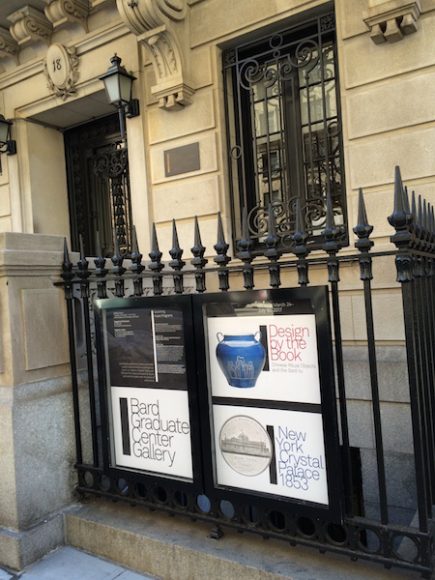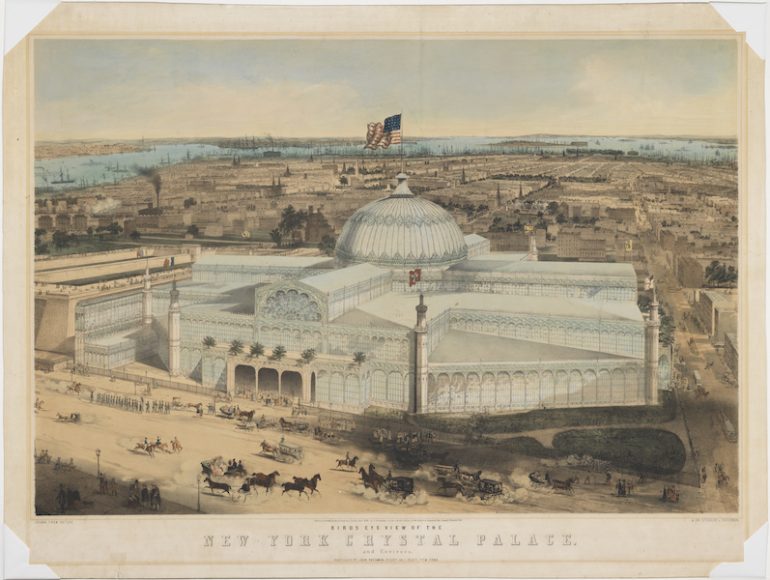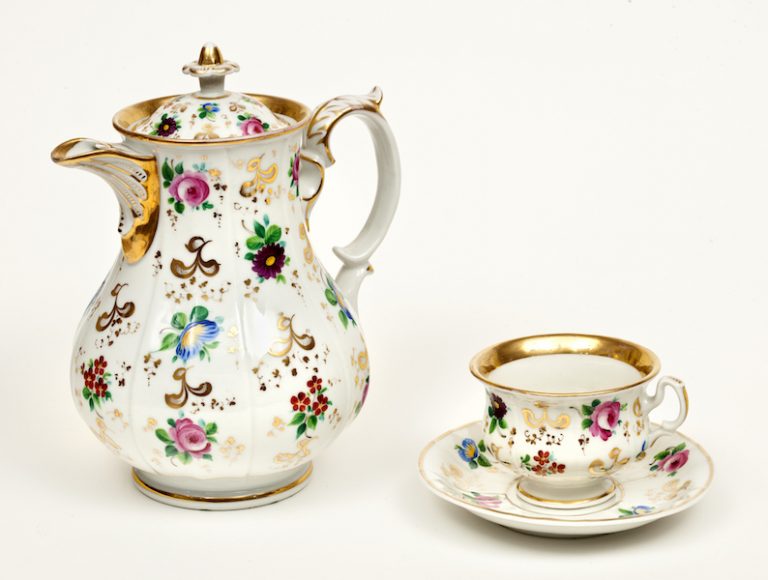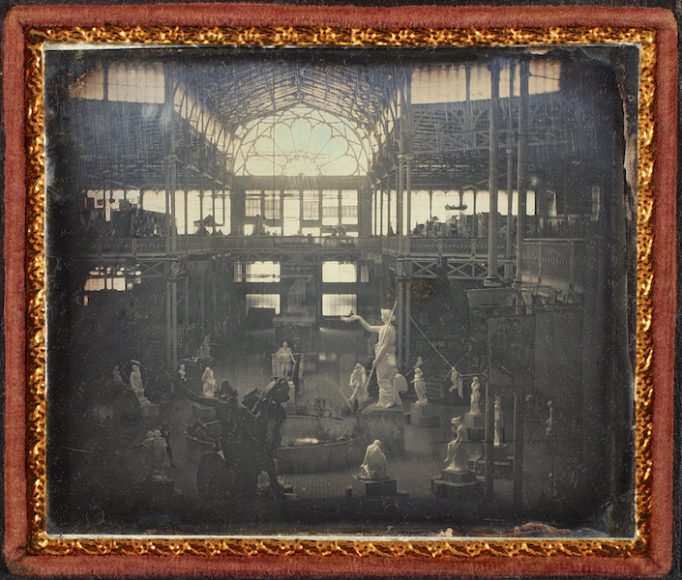A mention of the New York World’s Fair brings to mind the 1964 edition or perhaps even its 1939 predecessor.
Both remain alive in memory – and so much memorabilia – but it’s a good bet that not many have heard of the New York Crystal Palace, a near-forgotten event in New York City history.
Formally known as the Exhibition of the Industry of All Nations, the Crystal Palace opened in July of 1853 on the site that is now midtown’s Bryant Park.
As the first world’s fair held in the United States, the event was housed in an innovative cast-iron-and-glass structure, a landmark that became one of New York’s first tourist attractions.
A showcase of the time’s cutting-edge consumer goods and technological marvels, the event drew inspiration from its 1851 London namesake.
Now through July 30, visitors to the Bard Graduate Center Gallery on Manhattan’s Upper East Side can step back in time with “New York Crystal Palace 1853,” a gem of an exhibition putting a most-deserved spotlight on this event. The evocative items on display range from porcelain to furniture, an early sewing machine to a camera, while souvenir items include medals, programs and details such as how visitors could “enjoy culinary delicacies in a genteel, parlor-like setting.”
It’s designed as a thematic presentation in that it focuses not only on the goods inside but also what it was like to attend the event, something brought to vivid life through interactive audio and video elements, as well as a digital publication.
As Jesse Merandy, director of the Digital Media Lab at Bard Graduate Center (who just happened to grow up in Cold Spring), told me, “It was quite an event in New York’s history.”
The comprehensive exhibition makes that abundantly clear, but I found one of its humblest elements leaving the most lasting impression.
Though the exposition closed in 1854, the site was used for other exhibitions until destroyed by a massive fire in 1858. And it is in a piece of fused glass salvaged after the fire that offers, as its text says, “a reminder of the ephemeral character of world’s fairs.”
“New York Crystal Palace 1853,” which continues through July 30, was curated by David Jaffee, professor and head of new media research at Bard Graduate Center, who died this January after overseeing the major components of the exhibition.
Also continuing through July 30 is “Design by the Book: Chinese Ritual Objects and the Sanli tu,” devoted to examining a medieval Chinese book that is, materials tell us, “the oldest extant illustrated study of classical Chinese artifacts.”
For more, visit bgc.bard.edu/gallery/.
– Mary Shustack




